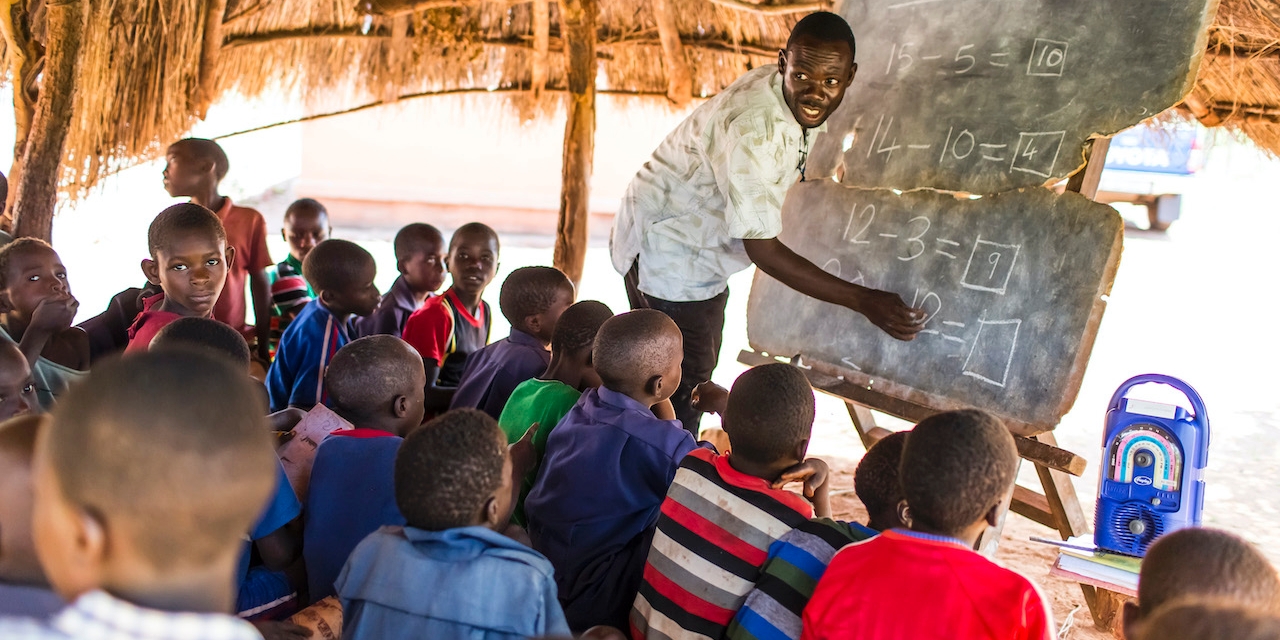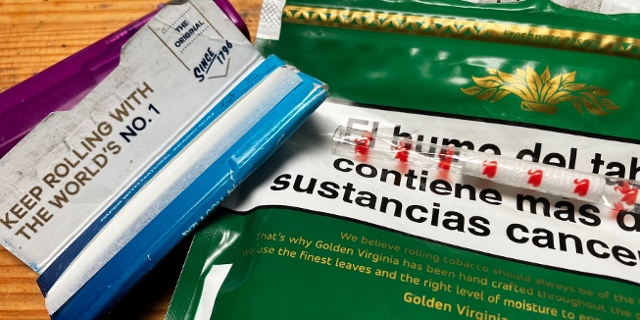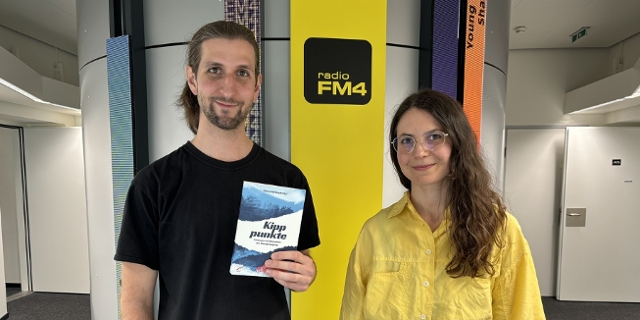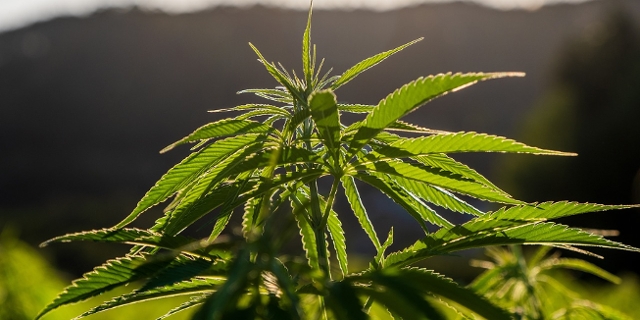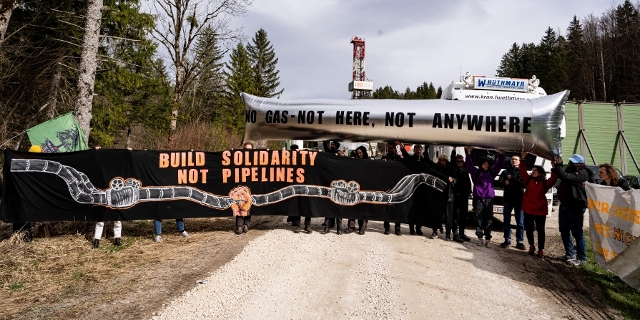World Children’s Day 2020: COVID-19 predicted to undo progress on children’s rights
In the rural district of Chikuni in southern Zambia, almost 80 percent of children can’t go to school. For some of them, the closest state school is 50 kilometres away, and since many children work to support their families, they have to stay close to home. So, how can these children be provided an education?
There are no uniforms, no school fees, and no classrooms – just a blue, solar-powered radio. On 91.9 FM, the Chikuni Community Radio Station broadcasts pre-recorded lessons to almost 2,000 children. In “radio school”, they learn not only how to read and write, but also about sustainable agriculture, nutrition, HIV/AIDS, and even children’s rights.
This is just one of many programmes supported by the organisation Kindernothilfe Österreich. Together with the Zambian Ministry of Education, they have set up 20 radio schools in Chikuni. They also provide training for education assistants to help during lessons, and have set up small gardens for students to put their newfound knowledge to use. The programme has been remarkably successful – radio schoolchildren often achieve high results in state exams.
Similar schemes were implemented in 2014 by governments in Guinea, Liberia, and Sierra Leone during the Ebola epidemic, and in the age of COVID-19, these technologies are a lifeline for many children.
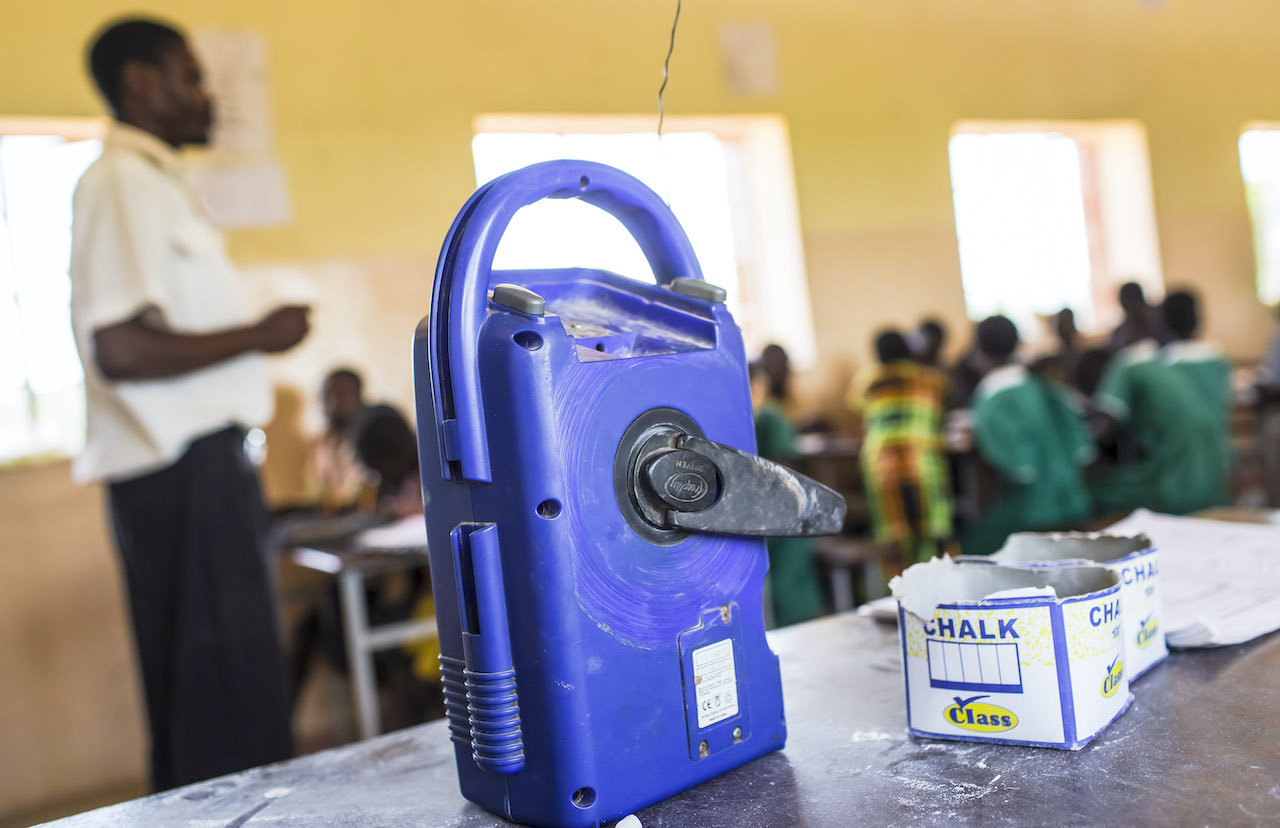
Kindernothilfe Österreich
A milestone treaty
On November 20, 1989, the United Nations adopted the Convention on the Rights of the Child, marking a turning point in how children were perceived in international human rights. Children were no longer dependent upon adults for protection or “charity” – instead, they had rights of their own.
In its 54 articles, the Convention covers civil, political, economic, social, and cultural rights for children. These include the right to life and survival, the right to development and education, as well as the right to an upbringing without violence, abuse, or neglect, among others.
Unlike previous documents on children’s rights, like the 1924 Declaration on the Rights of the Child, the 1989 Convention is legally binding, which means that states are closely monitored to make sure that they are complying with the treaty provisions. Governments are obligated to meet children’s basic needs and help them reach their full potential.
It’s the most comprehensive treaty in the field of human rights, and it’s also the most widely ratified. Only the United States has not ratified the Convention, although it played an active part in drafting the treaty.
Threats to children’s rights in 2020
Since the adoption of the Convention, there has been significant progress in children’s health, nutrition, access to education, and formal protections in laws and policies. There is still a lot left to do, but now climate change and the COVID-19 pandemic could undo decades of work.
Today, millions of children live in areas with extremely high risks of flooding, tropical storms, and droughts. They are also especially vulnerable to the impacts of climate change on water and food security, like malnutrition and disease.
Climate change also affects the right to education. Extreme weather events can destroy schools, and more and more children are forced to work to support their families’ livelihoods. For girls, leaving school means a higher risk of trafficking and sexual exploitation and abuse.
COVID-19 is an additional threat. According to Save the Children and UNICEF, the economic fallout of the pandemic could push up to 86 million more children into household poverty by the end of the year. With schools closing and children forced to stay at home, an estimated 500,000 girls are at risk of being forced into child marriage by the end of 2020. Although radio school programmes like the one in Zambia help to enable remote learning, the digital divide is still great, and many rural communities cannot use the Internet to access learning materials.
Now, more than ever, urgent action is needed to mitigate the devastating effects of these crises. Children bear the burden of climate change and poverty, and these effects are further exacerbated by the COVID-19 pandemic.
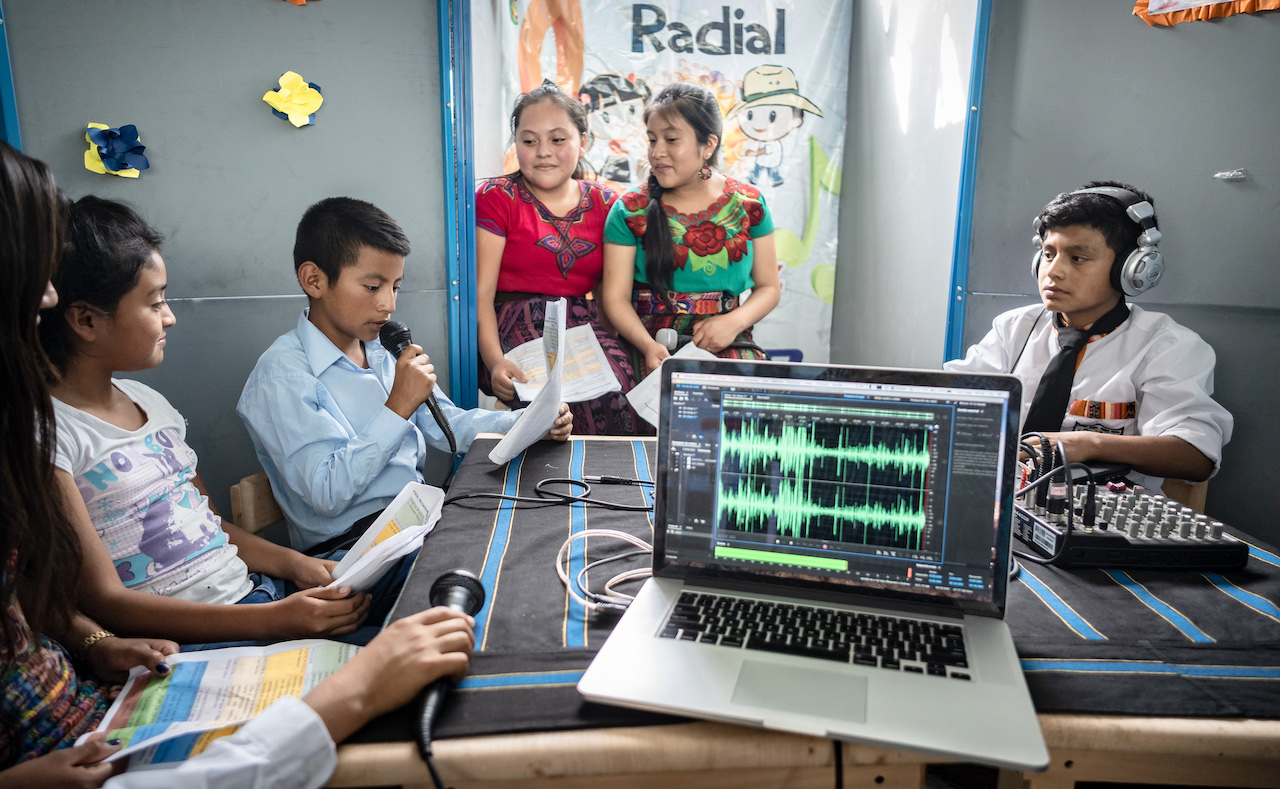
Kindernothilfe Österreich
„Hilfe zur Selbsthilfe” – a holistic approach
*Names have been changed for privacy reasons.
Juan* is from Huehuetenango, Guatemala. He looks after his three younger brothers when his parents are at work, sometimes for days at a time. Juan should be in middle school, but because he’s missed a lot of lessons, he’s still in primary school.
Thanks to the work of Kindernothilfe, Juan has been able to attend school regularly, and his parents are more supportive of his education. As part of the programme, he and the other children are learning about how to advocate for themselves. They produce a radio programme about children’s rights, which is broadcast to the surrounding villages. Juan was also recently elected Class President.
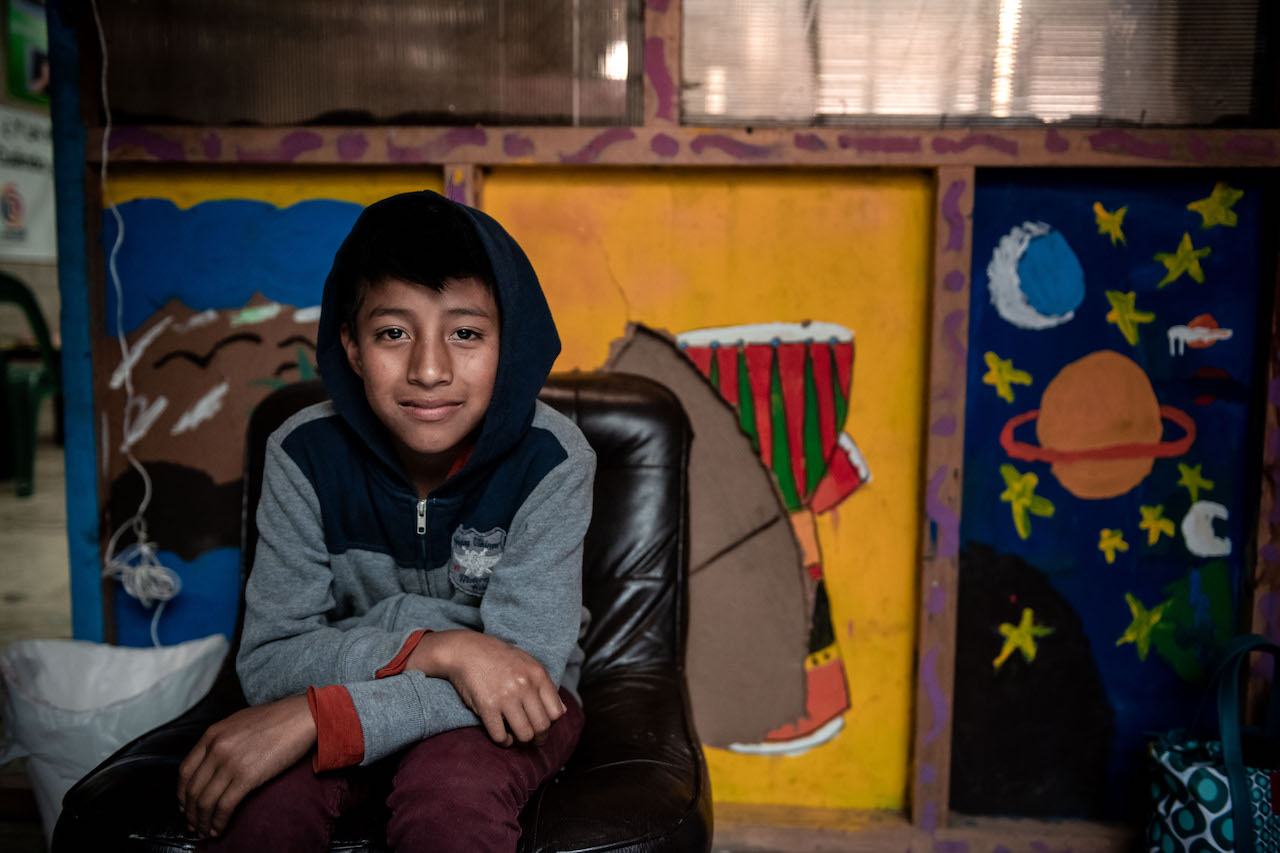
Kindernothilfe Österreich
For 24 years, Kindernothilfe has been working to protect and strengthen children’s rights in 31 countries in Africa, Asia, and Latin America. They focus on issues like child labour, child prostitution, education, and poverty.
As the COVID-19 pandemic shows, all of these issues are closely connected. Kindernothilfe takes a holistic, community-based approach to tackle problems in a long-term, sustainable way.
In my interview with Elfriede Schachner, she outlines how the organisation consults with local partners and conducts reviews of their programmes to make sure they are effective.
“It’s not enough to just send a child to school and give them a meal,” she says. Instead, Kindernothilfe organises “self-help groups” to set up shared community funds. Every week, women come together to contribute to the fund, and when enough money has been saved, one of them can take some out to buy cattle or farming equipment. In this way, the community creates an alternative source of income, and children have the opportunity to go to school.
But it’s not just NGOs that need to take action to safeguard children’s rights – governments have an obligation as well. In Austria, the closure of schools has affected many students’ ability to learn, and the economic effects of the pandemic will affect children all over the world.
Publiziert am 20.11.2020







